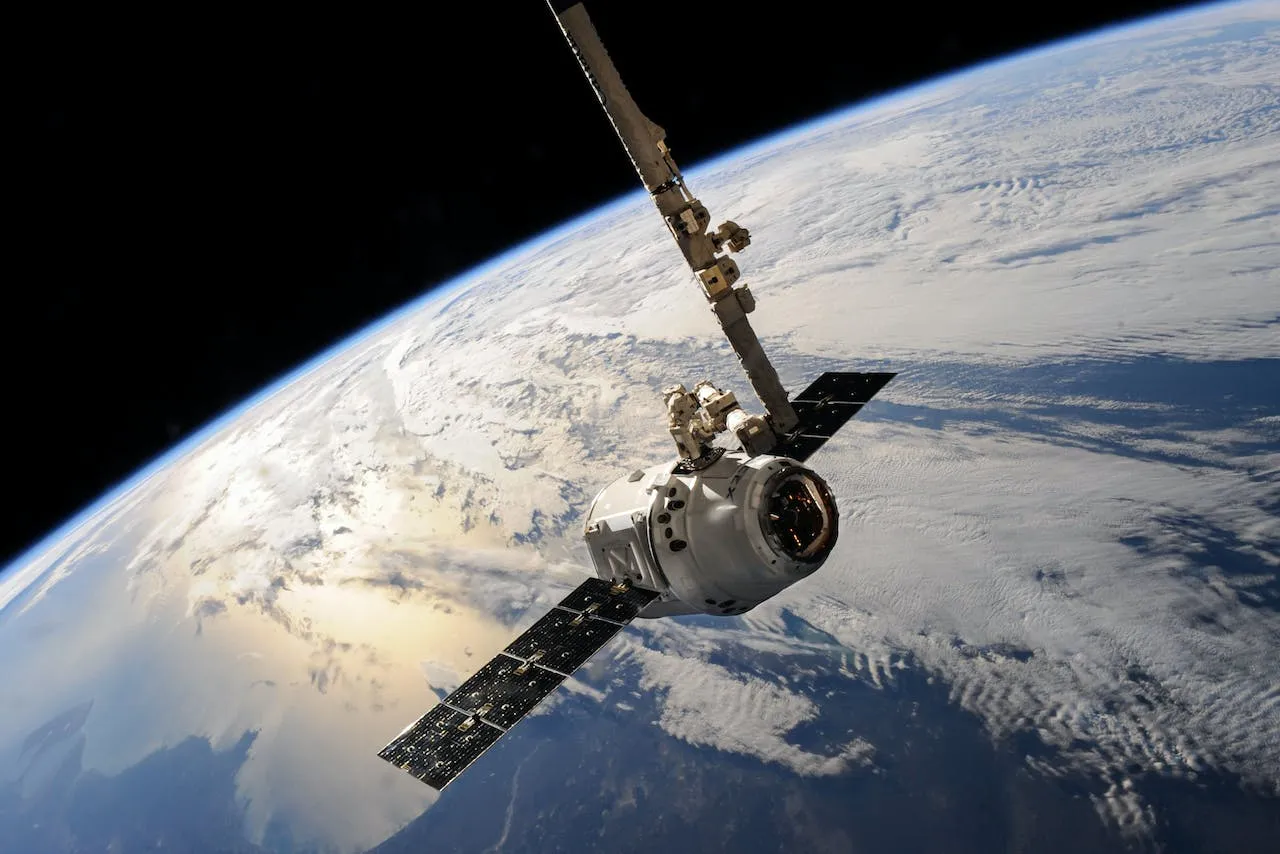
Introduction: Shaping Space Industry Dynamics
Elon Musk’s SpaceX has made a colossal mark in the space industry with its frequent launches, but the real game-changer lies within these launches: the broadband megaconstellation Starlink. This innovative venture seeks to provide high-speed global internet coverage, leveraging thousands of satellites orbiting the Earth in low Earth orbit, about 342 miles above the surface.
Starlink: A Crucial Arm of SpaceX’s Vision
While a part of SpaceX, Starlink plays a pivotal role in Musk’s broader vision of advancing humanity’s multi-planetary existence. Revenue-wise, it’s a powerhouse for SpaceX, generating $1.4 billion in 2022 and achieving breakeven cash flow by November 2023. It’s projected to account for 40% of SpaceX’s business, surpassing $3 billion by the year-end.
Global Adoption and Impact
Since launching in 2019, Starlink has seen unprecedented growth, serving over 2 million active customers across 60 countries and seven continents. Its significance is pronounced in connecting remote regions, aiding during natural disasters and conflicts, notably the Russia-Ukraine war.
Challenges and Criticisms
However, Starlink’s rapid ascent hasn’t been without criticism. Concerns loom around geopolitical interference and potential disruptions in astronomical observations due to its satellite constellation projection.
Exploring Starlink’s Unprecedented Growth
Starlink’s rapid ascension to 2 million subscribers in under two years is unparalleled. Its market potential, estimated at $92 billion in 2022, positions it well to capture a significant chunk of the consumer satellite services sector, leveraging the flexibility of low Earth orbit.
Diverse Market Penetration
While initially consumer-centric, Starlink’s expansion into enterprise sectors, including maritime and aviation industries, has been remarkable. It’s gained commitments from thousands of vessels and hundreds of commercial aircraft, showcasing its reach and adaptability.
Technical Superiority and Independence
Starlink’s unique positioning stems from its vertical integration, allowing control over satellite production, launches, and services. Its user-friendly equipment, though initially costly, now ensures a portable, easily deployable solution.
Geopolitical Influence and Ethical Quandaries
The pivotal role Starlink played during the Russia-Ukraine conflict, providing communication pathways, raised ethical debates about its militarized use and Musk’s outsized influence. SpaceX, while aiding Ukraine, expressed reservations about potential weaponization of its technology.
The Dominance of SpaceX’s Starlink in Global Geopolitics: Exploring Influence and Challenges
Understanding Musk’s Global Impact
Elon Musk’s apprehension regarding a potential Ukrainian attack on Russian vessels showcases the immense weight of his influence. His statement emphasizes the wealth of real-time global economic data he possesses due to his involvement with Tesla, Starlink, and Twitter.
Starlink’s Role in Geopolitics
Starlink’s use in Ukraine lacked formal government agreements initially, but in June 2023, the Department of Defense signed a contract with SpaceX worth $70 million for military-specific Starlink services, including Starshield. This influence has prompted countries like the European Union, China, and Taiwan to explore and invest in their satellite networks.
Scientific Concerns: Astronomical and Radio Interference
The growing number of satellites, including SpaceX’s plan for 42,000 Starlink satellites, has raised concerns within the astronomical community. The satellites’ brightness interferes with astronomical observations, prompting SpaceX to make design changes, yet more efforts are needed. Radio astronomy faces challenges due to satellite transmissions, requiring negotiation for transmission shutdowns over large observatories.
Environmental and Debris Concerns
Anticipated satellite proliferation raises concerns about space debris, potentially rendering Earth’s orbit unusable. SpaceX’s assertion of satellite lifespans and reentry risks contrasts with a Federal Aviation Administration (FAA) report indicating potential hazards to aviation and people from falling space junk. SpaceX disputed this report, highlighting flaws in data and methodology.
Future Challenges and Competitors
Starlink’s rapid growth faces hurdles with demand saturation and reduced terminal costs to stimulate market demand. The success of SpaceX’s Starship rocket for satellite launches and replacements is pivotal for Starlink’s expansion. Intensifying competition from Amazon’s Project Kuiper and similar Leo broadband internet systems pose challenges and opportunities in the consumer satellite internet market.
Learn more about revolution in artificial intelligence with article “The Revolution of Artificial Intelligence: Changing the World Rapidly“.
Conclusion: Proliferation of Leo Broadband Systems
Starlink’s meteoric rise in the space communications realm has redefined satellite services. Its innovation, reach, and adaptability underscore a transformative force, albeit stirring geopolitical and ethical debates concerning its widespread impact.
This article captures how Elon Musk’s Starlink is revolutionizing the space communications landscape, exploring its growth, impact, and ethical implications amid its meteoric rise in the industry.
The future landscape anticipates an increased presence of Leo broadband internet systems, offering flexibility and connectivity advantages for national security and underserved rural populations.
This comprehensive overview explores SpaceX’s Starlink’s impact on geopolitics, scientific concerns, environmental challenges, and the competitive landscape, painting a vivid picture of its influence and the evolving satellite internet market.




